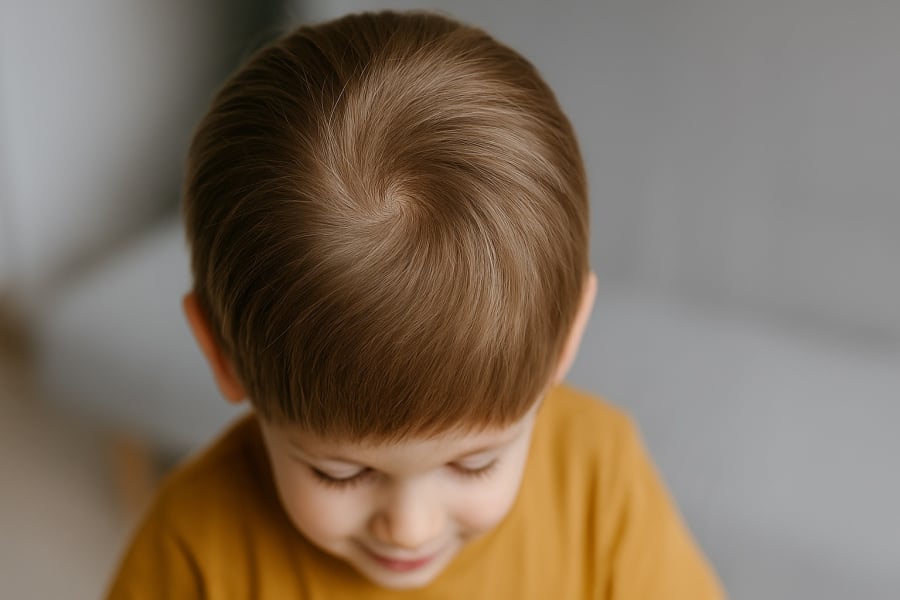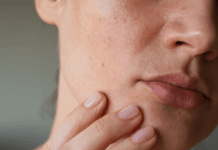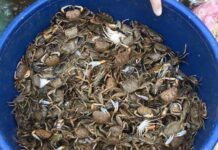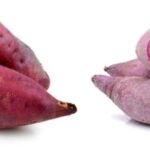There are many folk beliefs surrounding the prediction of a child’s character, talents, and abilities based on physical traits. One of the most prevalent notions is that “children with more hair whorls are smarter.” This has become a widely held belief in the community, but is it true, or is it just an unfounded folk belief with no scientific basis?
Before delving into the analysis, it’s important to understand that science demands accuracy and clear evidence. Relying on unverified beliefs can cause us to overlook more critical and realistic factors influencing a child’s development. In this article, we will explore hair whorls, their formation, and whether there is any correlation with intelligence. We will also discuss the factors that truly determine a child’s intelligence.

Unraveling Hair Whorls: Formation and Genetics
Hair whorls are a natural occurrence on the scalp, where hair grows in a direction opposite to the rest. According to experts, hair whorls form due to the uneven arrangement of hair follicles during embryonic development. These follicles tend to grow in a specific direction, creating whirl-like patterns.
According to Dr. Nguyen Thi Thu Ha, a dermatology specialist at the Central Dermatology Hospital, hair whorls are entirely normal and nothing to worry about. “Hair whorls are not associated with any health issues,” she emphasizes. This implies that having more or fewer hair whorls does not directly impact a child’s overall health.
However, hair whorls do have a genetic component. If parents have multiple hair whorls, their children are likely to display a similar pattern. This explains why some individuals may have more or fewer whorls.
The Link Between Hair Whorls and Intelligence
To date, no scientific study has conclusively proven a direct link between hair whorls and intelligence. Dr. Pham Van Nam, a neurology expert at Hanoi Medical University, states, “Intelligence is a complex and multifaceted concept that cannot be simplified by a physical trait such as hair whorls.”
While some small studies have suggested a possible connection between hair whorls and certain behavioral or physical traits, such as handedness, these findings are preliminary and require further investigation.
Therefore, we cannot assert that children with more hair whorls are inherently smarter or vice versa. This belief holds no scientific ground.

Factors That Truly Influence a Child’s Intelligence
If not hair whorls, then what factors shape a child’s intelligence? Here are the primary influencers:
Genetics
Genes play a significant role in intelligence. Research indicates that genetics can influence learning abilities and logical thinking. However, heredity is not the sole determinant of intelligence.
Nutrition
Nutrition is vital for the development of a child’s brain. A well-balanced diet rich in vitamin B, DHA, iron, and zinc supports better brain development. Especially during infancy and early childhood, nutrition is crucial in shaping brain structure.
Environment
A safe, healthy, and stimulating environment is essential for cognitive development. Parents should provide opportunities for children to explore, engage in meaningful play, and receive love and support from their family.
Education
Quality and suitable education are indispensable. Encourage children to learn, create, and develop independent thinking. A flexible education system that caters to a child’s interests and passions fosters comprehensive intellectual growth.
Intellectual Stimulation
Intellectually stimulating activities such as reading, playing games, engaging in arts, and participating in sports positively impact intelligence. Encourage children to be active and explore their surroundings.
Conclusion: Emphasizing Holistic Development
Intelligence is a multifaceted concept influenced by various factors. Instead of relying on unverified folk beliefs, we should focus on creating the best conditions for children’s holistic development, both physically and mentally.
Parents should remember that regardless of the number of hair whorls, the most important factor is the love, care, and support provided by the family. Create a nurturing environment to allow your child to flourish and develop their unique intelligence and talents.
The Harvard Study: How Birth Month Impacts a Child’s Future Success
A groundbreaking study from Harvard University reveals an intriguing connection between a child’s birth month and their future potential for success. This article delves into the fascinating insights uncovered by this research, offering parents valuable guidance on nurturing their children’s development and maximizing their chances of future prosperity.







































